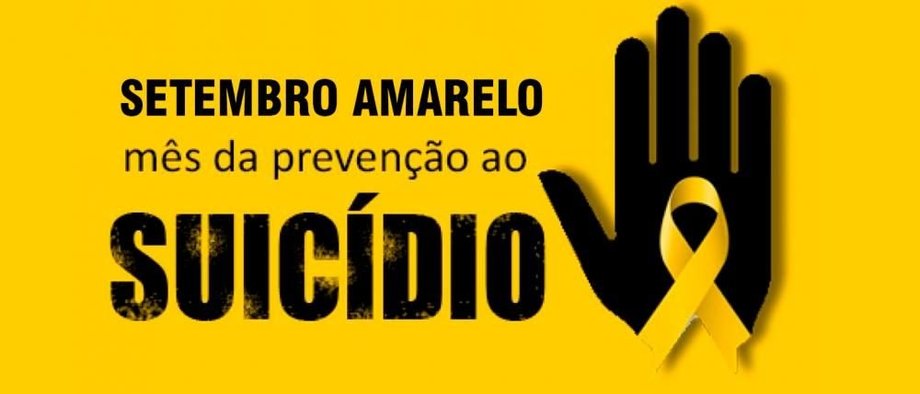Yellow September - suicide prevention
The RS Health Secretariat, in partnership with other state departments and entities that are part of the State Committee for the Promotion of Life and Suicide Prevention, launched the Intersectoral Guide for the Prevention of Suicide Behavior in Children and Adolescents.
The guide aims to guide health professionals, education, social assistance, public safety and guardianship advice on the subject. Suicide is a complex and multifactorial phenomenon that can affect individuals of different origins, age groups, socioeconomic conditions, sexual orientations and gender identities. However, it can be prevented, and knowing how to recognize the warning signs is the first step. In the case of children and adolescents, their peculiar situation of development requires actions that can support them at this stage and that contribute to the prevention of interpersonal violence and self-harm.
The material is available in digital format on the website of the Secretariat of Health, at saude.rs.gov.br/saude-mental .
Warning signs and risk factors:
- Concern about your own death or hopelessness;
- Expression of suicidal ideas or intentions;
- Decrease or absence of self-care;
- Changes in food and / or sleep habits;
- Abuse of drugs / alcohol;
- Changes in activity or mood levels;
- Increasing isolation from friends and family;
- Decrease in school performance;
- Self-harm;
- Changes in clothing to cover body parts (for example, wearing long-sleeved blouses)
- Reluctance to participate in physical activities that were previously appreciated, particularly those that involve the use of shorts or swimsuits, for example.
There are also risk factors:
- History of suicide attempts or self-harm;
- History of mental disorder;
- Bullying (and / or cyberbullying);
- Intra or extra-family violence;
- History of sexual abuse;
- Suicide (s) in the family;
- Low self-esteem;
- Use of alcohol and other drugs;
- Populations vulnerable to social pressures and discrimination (LGBTI +, indigenous, blacks, homelessness, among others).
What to avoid:
- Avoid romanticizing or glorifying suicide;
- Do not give excessive details about how the event occurred;
- Do not describe the act as courageous or rational;
- Do not create spaces of homage or dedications to the person who died;
- Recognize the loss and difficulties, but avoid changing the routine as much as possible;
- Avoid large mass meetings by focusing on the case.
Photo: Disclosure / SES


